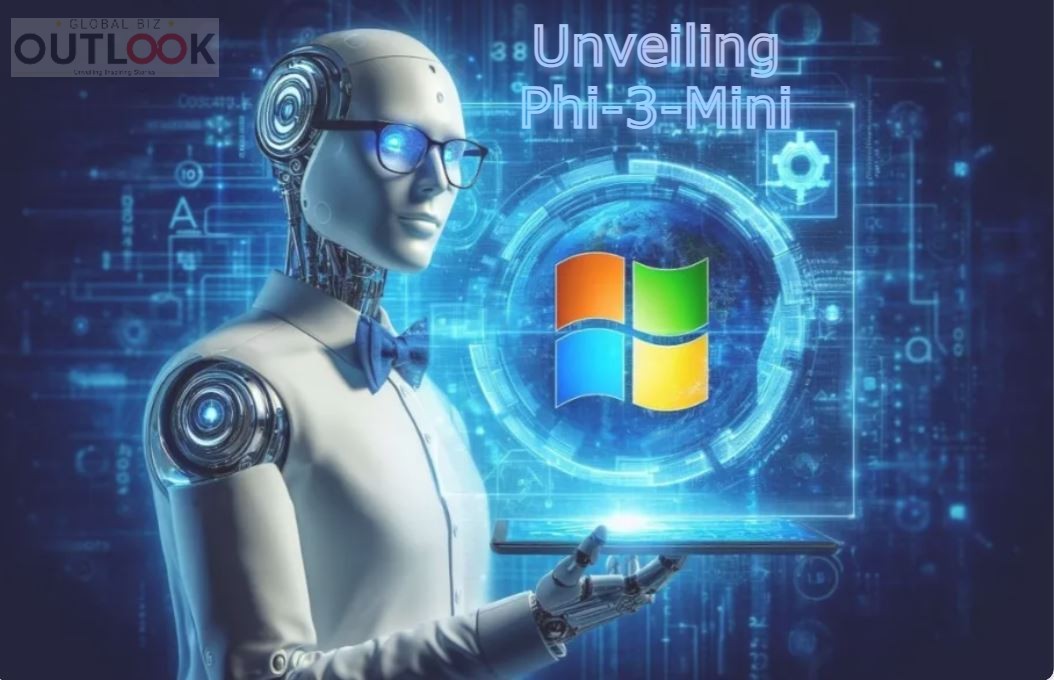In the ever-evolving landscape of artificial intelligence, Microsoft has once again set a new standard with the introduction of Phi-3-Mini, the latest addition to its groundbreaking Phi-3 family of AI models. While Meta’s Llama 3 Large Language Model (LLM) may have captured recent headlines, Microsoft’s Phi-3-Mini shines as a beacon of innovation in the realm of small language models (SLMs).
But what exactly distinguishes Phi-3-Mini from its larger counterparts, and why should developers and businesses take notice? Let’s delve into the intricacies of language models and explore the transformative potential of Phi-3-Mini.
Understanding Language Models: Unraveling the Phi-3 Phenomenon
Language models serve as the cornerstone of AI applications, powering everything from chatbots to content generation. At their core, these models leverage vast amounts of data to comprehend and generate human-like text. While LLMs boast colossal parameter counts and extensive training data, SLMs like Phi-3-Mini offer a more streamlined alternative, catering to resource-constrained environments and scenarios where rapid response times are paramount.
Phi-3-Mini represents a paradigm shift in AI development, offering unparalleled performance and cost-effectiveness. Unlike their larger counterparts, SLMs excel in specialized tasks, achieving remarkable accuracy and efficiency through targeted training and fine-tuning.
Breaking Down Phi-3-Mini: Redefining Small Language Models
Phi-3-Mini isn’t just another AI model; it’s a game-changer. Boasting a staggering 3.8B parameter count, this compact powerhouse surpasses models of similar size across a multitude of benchmarks, including language comprehension, reasoning, coding, and mathematics. Available in two variants with varying context lengths, Phi-3-Mini sets a new standard for contextual understanding, enabling seamless integration into diverse AI applications.
What sets Phi-3-Mini apart is its adaptability and efficiency. Designed for on-device and offline inference scenarios, this model delivers lightning-fast processing without compromising on quality. Its instruction-tuned architecture ensures out-of-the-box readiness, empowering developers to harness its capabilities with ease.
The Promise of Phi-3: Pioneering AI Solutions
Microsoft’s Phi-3 family isn’t just about pushing boundaries; it’s about catalyzing innovation. With Phi-3-Mini leading the charge, developers gain access to a versatile toolkit for building next-generation AI applications. Whether it’s powering virtual assistants, enhancing chatbots, or revolutionizing customer service, Phi-3-Mini offers a cost-effective solution tailored to the demands of modern computing.
But the impact of Phi-3 extends beyond the realm of technology. Collaborations with industry leaders like ITC underscore its real-world applications, from empowering farmers with Krishi Mitra to driving societal change through AI-driven solutions.
Looking Ahead: The Future of AI Unveiled
As Microsoft continues to expand its Phi-3 lineup, the possibilities are limitless. From Phi-3-Small to Phi-3-Medium, the evolution of SLMs heralds a new era of AI innovation, where efficiency meets excellence. With Phi-3-Mini leading the charge, Microsoft reaffirms its commitment to democratizing AI and empowering developers to shape the future.
In conclusion, Phi-3-Mini isn’t just a model; it’s a testament to Microsoft’s vision of AI for all. With its unrivaled performance, versatility, and accessibility, Phi-3-Mini paves the way for a future where intelligence knows no bounds.
















